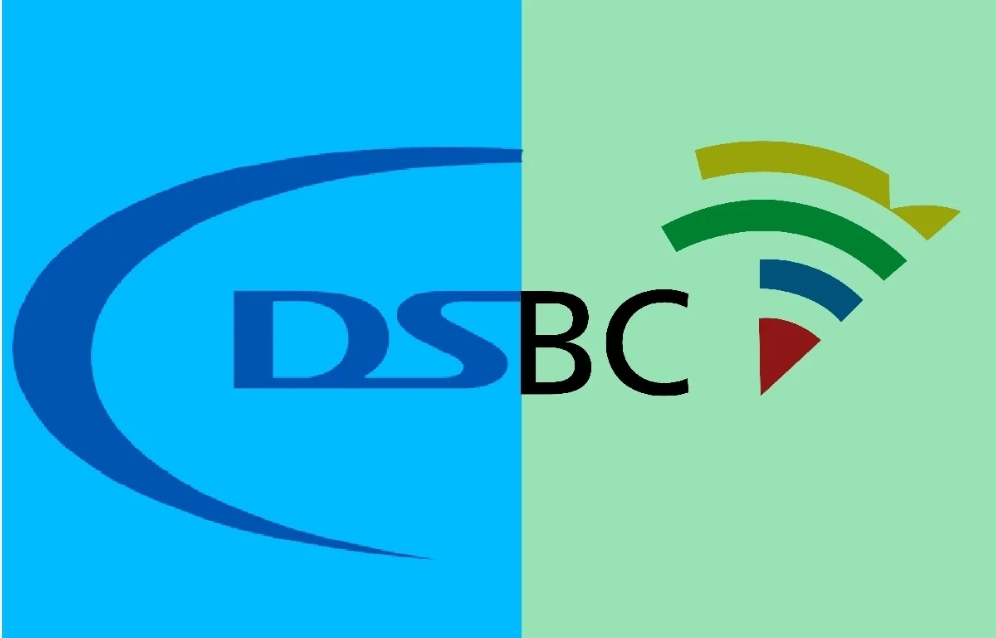DStv turning into SABC

That is according to experienced broadcasting journalist Thinus Ferreira, who shared his perspective on the reasons for DStv’s subscriber drop and declining popularity.
DStv parent company MultiChoice recently reported the broadcaster lost 1.62 million customers in its 2023/24 financial year.
It also reported a loss of R4.1 billion following another loss of R2.9 billion in the previous financial year.
These losses were driven by a decline in subscription and advertising revenues, largely due to many customers migrating to more affordable video streaming services.
Ferreira pointed to similarities in the way the SABC and DStv’s popularity declined through self-inflicted errors that took them out of people’s homes and attention spans.
“Businesses, like empires, eventually fall and are replaced by new ones when they become overstretched and take their customers for granted,” Ferreira said.
“MultiChoice shamelessly squandered its captive and loyal customers,” Ferreira said.
Ferreira said DStv ignored complaints about numerous repeated broadcasts over the years from what it believed would be a “forever captive” audience.
He said the broadcaster failed to innovate to meet its viewers’ demands and was leapfrogged by better technology — on-demand streaming.
Ferreira also believes that interactive entertainment like video games has eaten away at DStv’s customers.
“What used to be the SABC’s captive audience moved to DStv, and what used to be DStv’s captive audience now watches the Fallout TV series on Amazon Prime Video because they played the game on a console or PC.”
Friction vs ease-of-access
Ferreira explained that a key part of DStv’s decline was the friction it created in accessing its products, including through increasing subscription prices and its controversial one-device streaming limit, implemented in early 2022.
He said MultiChoice should have visited real people’s homes a long time ago to observe the struggles they experienced when trying to engage with DStv, and how products and services with lower friction had invaded its customers’ living rooms.
“When I visit my three siblings and their families, I observe how they watch and interact with their TVs in their lounges,” Ferreira said.
“They all once had DStv. As DStv Premium kept getting more and more expensive, they initially kept paying, but they told me that DStv turned from a status symbol into a grudge purchase.”
The final straw that convinced Ferreira’s family to cancel the service was DStv’s introduction of a one-device streaming limit in early 2022, which prevented members of the same household from watching multiple streams simultaneously.
While it promised a proximity detection feature that would re-enable multiple streams within the same households only months after severe backlash over the feature, this has yet to be launched.
Instead, DStv rolled out a paid-for “Extra Stream” feature to allow for multiple streams, making what was once free more expensive.
Becoming an enigma
Ferreira explained how he believed DStv was on course to become an enigma to the South Africa youth, much like the SABC.
Ferreira’s best friend’s nine-year-old son recently asked, “What is SABC?” while they were discussing the broadcaster during a drive.
It turned out that none of his friend’s three children had any idea of what the SABC was.
Ferreira said the youth’s disconnect with the SABC was expanding to DStv too.
“Like my friend’s kid who doesn’t know the SABC, my family’s kids no longer know DStv,” Ferreira said.
“They watch Peppa Pig and Blippi and PJ Masks on YouTube and know how to find it on the TV remote control themselves.:
Ferreira also bemoaned the disappearance of DStv’s monthly magazine, which he maintained had enormous value.
“Even if people’s TV sets were not on, the magazine had a physical, ubiquitous presence next to the bed in every hotel room,” Ferreier said.
“You didn’t know what to watch or that there is something interesting on DStv, but the physical magazine piqued your interest and led you to switch on to watch something specific.”
“Look at hotel rooms now: DStv is gone. In its place is a smart TV with apps where DStv Stream is now one of many options.”
“And what’s next to the hotel bed? A remote control that has a bright red Netflix button, and often also an Amazon Prime Video button.”
“They have a physical presence, where MultiChoice took away its presence.”
“It’s just one example of the company’s hubris.”





